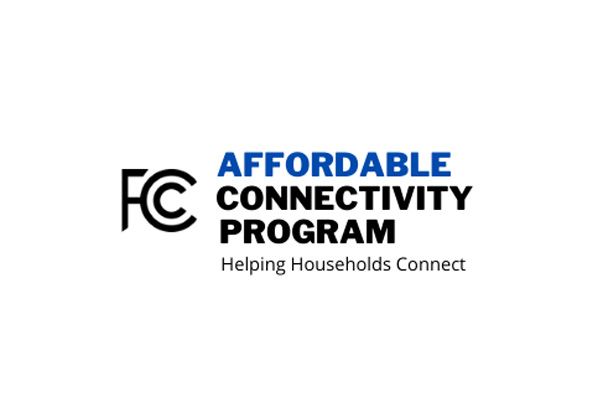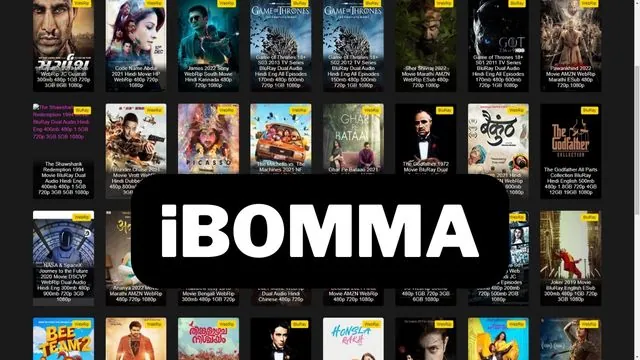
In today’s digital age, access to the Internet has become an essential requirement for individuals and communities to participate fully in the modern world. But affordable and reliable internet connectivity remains a significant challenge worldwide as an expensive internet creates a major barrier and many people who live in villages or tribal area are unable to access it.
To counter this problem central government, local government, and private organizations around the globe have introduced initiatives like the Affordable Connectivity Program to ensure that everyone can get the benefit from the opportunities presented by the digital revolution and it will help to fill the Digital Gap!
Table of Contents
Understanding the Digital Divide
The digital divide refers to the gap between those who have access to digital technologies, such as computers and the internet, and those who do not.
This divide is often fueled by socioeconomic factors, geographical location, and infrastructure limitations.
The consequences of the digital divide are far-reaching, affecting education, employment opportunities, healthcare access, and overall economic growth.
Introducing the Affordable Connectivity Program
The Affordable Connectivity Program is a government-led or organization-driven initiative designed to bridge the digital divide by providing affordable and reliable internet access to underserved communities.
This program aims to ensure that cost is not a barrier for individuals and businesses to access the internet, empowering them to participate in the digital economy and improve their quality of life.
Using the Affordable Connectivity Program schemes, a number of people can get the broadband connectivity in their home at an affordable price and they save a lot of money.
This program is not limited to broadband or internet connectivity. As we are taking about the digital revolution, being an individual you can also get the big benefit on the purchase of laptop, desktop, tablet.
For an Example with FCC’s Affordable Connectivity Program:
- The benefit provides a discount of up to $30 per month toward internet service for eligible households and up to $75 per month for households on qualifying Tribal lands.
- Eligible households can also receive a one-time discount of up to $100 to purchase a laptop, desktop computer, or tablet from participating providers if they contribute more than $10 and less than $50 toward the purchase price.
Key Objectives of the Affordable Connectivity Program
- Accessible Internet: The program’s primary objective is to make high-quality internet services accessible and affordable to all, regardless of their income level or geographic location. This involves creating infrastructure and policies that promote widespread connectivity.
- Affordability: The program aims to reduce the cost of internet access by promoting competition among service providers, subsidizing connection fees, and implementing pricing regulations. By making internet services more affordable, the program helps individuals and businesses overcome financial barriers to access.
- Digital Literacy and Skills Development: Recognizing that mere access to the internet is insufficient, the program emphasizes the importance of digital literacy and skills development. It supports initiatives that provide training and resources to individuals, helping them acquire the necessary skills to navigate the online world effectively.
- Community Engagement: The program encourages community engagement and partnerships between governments, organizations, and local communities. By involving stakeholders at various levels, it ensures that the connectivity solutions are tailored to the specific needs of each community.
Benefits and Impact: The Affordable Connectivity Program brings several notable benefits and impacts
- Economic Growth: Improved connectivity enables businesses to expand their reach, access new markets, and leverage digital tools for efficiency and productivity. This leads to economic growth and job creation, particularly in underserved areas.
- Education and Knowledge Sharing: Affordable internet access facilitates remote learning, digital education resources, and access to information, empowering students and educators. It enhances educational opportunities, bridging the gap between urban and rural areas.
- Healthcare and Telemedicine: Connectivity enables remote healthcare services, telemedicine consultations, and access to health information. The program plays a crucial role in improving healthcare outcomes, particularly for remote and marginalized communities.
- Social Inclusion and Empowerment: The program promotes social inclusion by ensuring that all individuals, regardless of their socioeconomic background, can participate in the digital society. It empowers marginalized groups, narrowing the gaps in opportunities and access to information.
Challenges and Their Solutions
Implementing an Affordable Connectivity Program comes with its own set of challenges. But it can be solved with dialogues and proper planning. Here are some challenges that can be faced while implementing Affordable Connectivity Program in a particular area like city, state etc.
- These may include limited infrastructure in remote areas, regulatory hurdles, and funding constraints. However, with strong political will, strategic partnerships, and innovative approaches, these challenges can be overcome.
- To ensure the success of such programs, it is crucial to establish monitoring and evaluation frameworks to measure the impact and effectiveness of connectivity initiatives.
- Regular assessments can help identify areas for improvement and guide future interventions.
Eligible for the Affordable Connectivity Program
A household is eligible for the Affordable Connectivity Program if the household income is at or below 200% of the Federal Poverty Guidelines, or if a member of the household meets at least one of the criteria below:
- Received a Federal Pell Grant during the current award year;
- Meets the eligibility criteria for a participating provider’s existing low-income internet program;
- Participates in one of these assistance programs:
- Free and Reduced-Price School Lunch Program or School Breakfast Program, including at U.S. Department of Agriculture (USDA) Community Eligibility Provision schools.
- SNAP
- Medicaid
- Federal Housing Assistance, including:
- Housing Choice Voucher (HCV) Program (Section 8 Vouchers)
- Project-Based Rental Assistance (PBRA)/Section 202/ Section 811
- Public Housing
- Affordable Housing Programs for American Indians, Alaska Natives or Native Hawaiians
- Supplemental Security Income (SSI)
- WIC
- Veterans Pension or Survivor Benefits
- or Lifeline;
- Participates in one of these assistance programs and lives on Qualifying Tribal lands:
- Bureau of Indian Affairs General Assistance
- Tribal TANF
- Food Distribution Program on Indian Reservations
- Tribal Head Start (income based)
How long will affordable connectivity program last
The duration is not fixed, it can vary depending on several factors, including the goals, funding availability, and the specific approach taken by the implementing organization or government.
While there is no fixed timeline for such programs, they are typically designed as long-term initiatives to address the persistent issue of the digital divide. In areas with limited infrastructure or significant disparities in internet access, the program might require a more extended timeline to implement and achieve its objectives.
Moreover, the Affordable Connectivity Program is often an ongoing effort that adapts and evolves over time to keep pace with technological advancements, changing connectivity needs, and emerging challenges.
It may involve periodic reviews and updates to ensure its effectiveness in meeting the evolving demands of the digital era.
The sustainability of the program is crucial in determining its duration. Governments and organizations need to secure long-term funding commitments to ensure the continuity of the program’s initiatives and support the infrastructure, affordability measures, and digital literacy efforts.
How to Apply for FCC’s Affordable Connectivity Program
So guys if you would like to save money on your internet bill, then you must apply for the affordable connectivity program now. You can save on your bill and may be able to get high-speed internet for free.
Here’s the link: https://getinternet.gov/apply
Click on the Apply button and fill all details like Home Address: Street number and name, Apartment/Unit, City/Town name, State or Territory, and Contact information: Email and Phone.
Soon you will get the response on your mobile or email and later you can provide further details to get an affordable broadband connection in your home.
Final Words
The Affordable Connectivity Program is a significant step toward addressing the digital divide and ensuring that the benefits of the digital revolution reach everyone.
By making internet access affordable and accessible, fostering digital literacy, and promoting community engagement, these programs create opportunities for economic growth, education, healthcare, and social empowerment.
It is imperative for governments, organizations, and individuals to collaborate and invest in such initiatives to build a more inclusive and equitable digital society for all.





More Stories
11+ Best ThePiratebay3 Sites – Ultimate Pirate bay Alternatives
7movierulz iBomma – 11 Best Alternatives to Download & Watch latest Telugu Movies
How to Spam a Phone Number (7 best apps & services) with call, texts to Get Revenge?